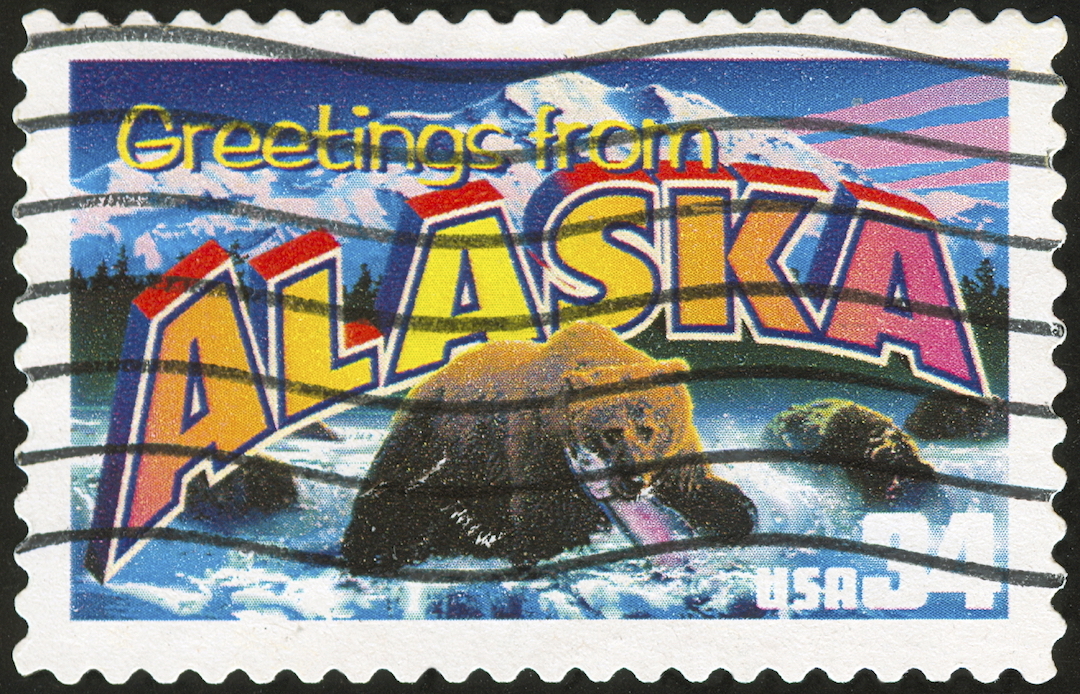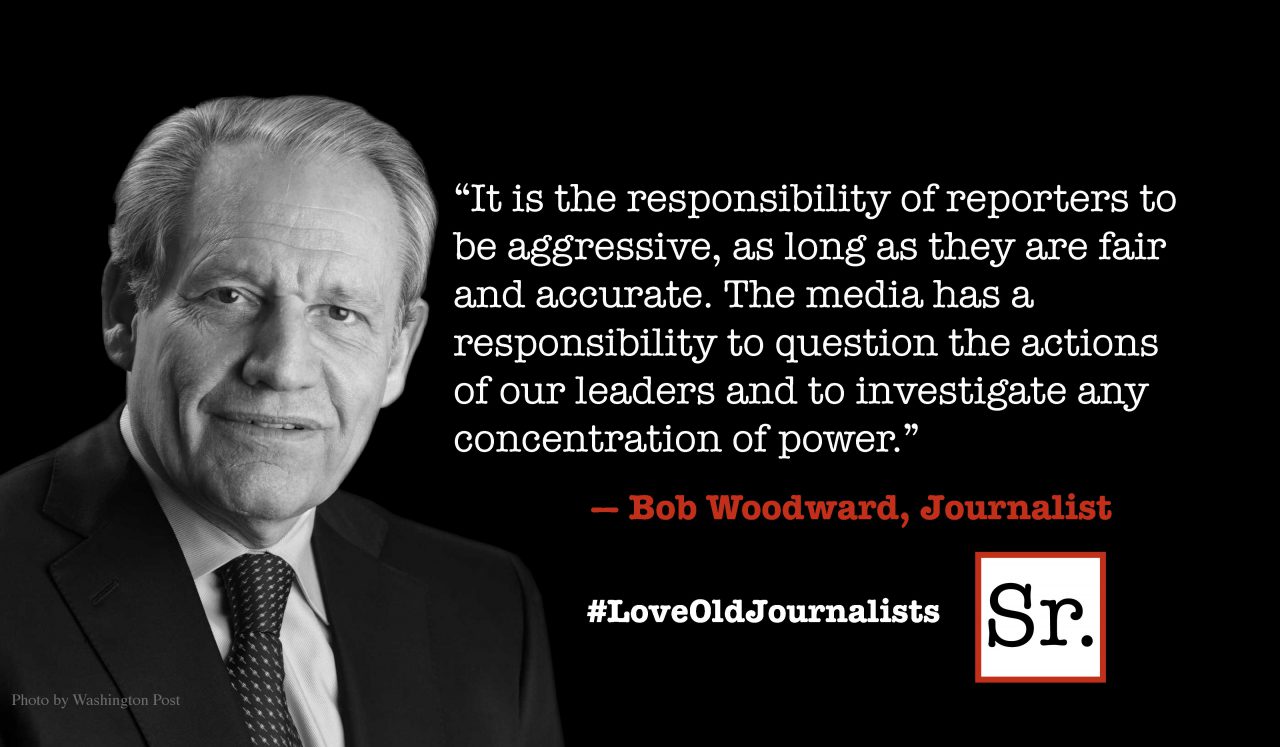We have been asked, “Why did you go to Alaska?” Perhaps I was born under a wandering star. And I was fortunate enough to have found a bride who’d go along with me. I always despised the regimentation of school and dreaded going every day. Now I was about to get into the regimentation of medical practice.
I guess my wanderlust helped drive the message home to me: “Get out before it’s too late.” Looking back after 50 years, more or less, we think it was a good decision.
We moved to Alaska a total of four times, learning new lessons each time. Iralee, our five year old daughter Wendy and I were the only ones that went to Fairbanks on our first trip. For the next three trips there were four of us since we had our son, Robert.
The first time we lived in Alaska we were Cheechakos. That’s an Alaskan and northern Canadian term for a “tenderfoot, greenhorn, or newcomer.” That we were, in spades.
We’d bought a little mobile home to take to Fairbanks. We were told it was built for cold weather. We should have known better simply by looking at the thing, but remember, we were greenhorns. We arrived just after flood waters from the Chena River had receded. It had covered 90% of the town. It was August and there weren’t many mobile home parks with space available. The only permanent space would not be available for another month. We were given a temporary space but couldn’t start winterizing.
We got through that first winter with luck and help from newfound friends. Iralee was hired as a psychometrist to organize a reading clinic for the Fairbanks schools. One of her co-workers and her husband were also new to Alaska but they were from Montana, so they knew winter. Among other things, they helped us build a wanigan, an enclosed storm entry and storage room. They also taught us to hunt big game.
Our wanigan was a deepfreeze substitute in winter since it wasn't heated. As long as the temperature stayed at 0 degrees to negative 40-50 degrees it was fine. But when a Chinook that blew in, we had to learn how to keep from losing our frozen game. A Chinook is an unseasonably warm spell when the temperature can rise above freezing for a period of time. The Chinook in Fairbanks that year lasted about a week. It was not welcome right then. We had to scurry to store meat in borrowed freezer space. Then we learned bought a canning machine and learned how to use it. A large portion of our caribou was processed as steaks and burgers, ground with beef suet to add to the taste.
We learned that to drive a vehicle in winter, it’s mandatory to heat the engine before you’re ready to start it. One of the most common heating methods is an electric circulating heater directed into the engine coolant line. A battery heater is also very helpful because a lead acid battery loses most of its power as the temperature goes down.
Another challenge was learning what to do when you have a trailer that’s not insulated for the arctic. The problem became apparent the wall, behind any picture or on window and door frames, began to frost over. Our furnace was adequate to keep us comfortable and warm, but we were obviously losing a lot of energy. Our solution was to buy thick stiff styrofoam sheets, which we nailed all over the outside of the trailer. Not ideal, but we were desperate. I learned that I can handle a hammer and nails wearing gloves, or even mittens.
Despite all the challenges, we had a very good year. We loved the wintertime, with cross country skiing, sledding, and snow-shoeing and church and community activities. Some of our closest friends lived right across the road from us in the same trailer park.
We enjoyed hunting game and foraging wild plants. Our take included caribou, moose, black bear, ptarmigan, grouse and, once or twice, arctic hare. We found blueberries, low-bush cranberries and mushrooms. We fished for salmon and halibut and took a ski plane ice fishing to a lake in the Brooks Range that was still frozen solid enough to land on in June.
I’d never liked winter in Missouri or Texas but in Alaska you learn to get ready for it and do it right! In many respects I preferred it to summer. There were no leaves to obstruct your views and no mosquitos.
We were told that when a couple moves to Alaska to spend a winter they’ll either get divorced or she’ll get pregnant. We avoided the first but not the second — Iralee got pregnant. She had the more significant income but wasn’t tenured yet and therefore had no maternity leave. So we decided to return to the lower 48 and regroup.
We didn’t know if we’d ever be able to set foot in Alaska again. We sold that trailer and our Jeep and packed up the things we would want to have in case we ever returned. Back in Houston I practiced medicine with my dad, but gradually we realized we were homesick. We prepared for another Alaskan adventure. But that’s another story.
This article originally appeared in Roadrunner Extra!, the resident newsletter of Beatitudes Campus.









